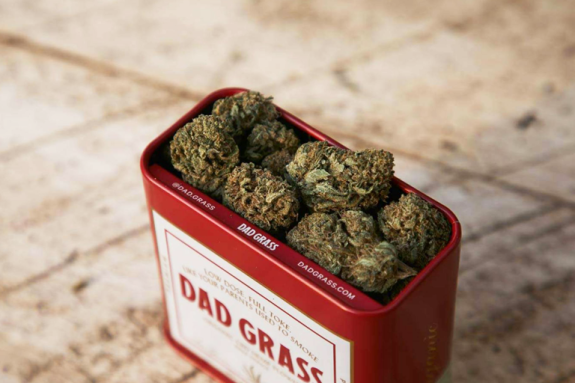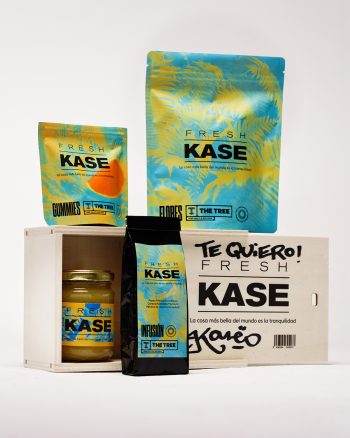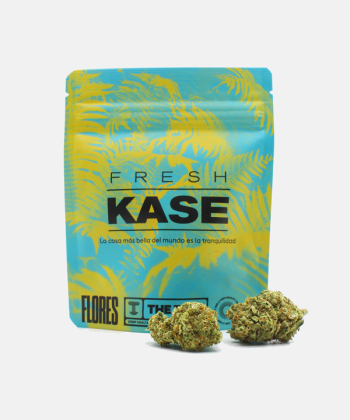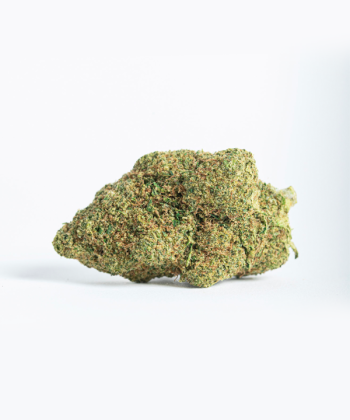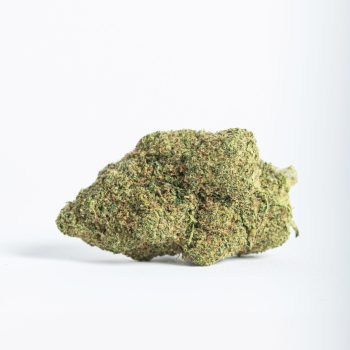Terpenes are organic compounds found in a wide variety of plants, including cannabis. They are the molecules responsible for the distinctive aroma and flavour of many plants, as well as for their defensive function against insects and pathogens.
Furthermore, terpenes play a crucial role in the production of essential oils, as they are their main component. Some are also believed to have various health benefits¹.
The chemical structure of terpenes

In fact, they are classified according to the number of isoprene units present in their chemical structure, which has five carbon atoms:
- Hemiterpenes: composed of a single isoprene unit with five carbons.
- Monoterpenes: composed of ten carbons. Examples of these include pinene, myrcene, limonene, and linalool, among others.
- Sesquiterpenes: they contain 15 carbons.
- Diterpenes: composed of 20 carbons.
- Sesterterpenoids: these are terpenes with 25 carbons.
- Triterpenes: they contain 30 carbons.
- Tetraterpenes: composed of 40 carbons.
- Polyterpenes: terpenes with more than eight isoprene units (40 carbons).
How are terpenes related to CBD?
The genetics of each cannabis plant contains a unique combination of terpenes that gives it a distinctive aroma. This mixture of various terpenes in certain proportions is known as the terpene profile. Apart from giving a specific aroma to each strain of cannabis, this also influences the effects it can have.
When it comes to cannabis and CBD-rich extracts, terpenes play a key role in the user’s experience. Together with cannabinoids such as CBD, CBG, and others, terpenes interact with the human and animal organism, modulating the effects of the plant and its active ingredients.
The synergistic action of these odour molecules alongside CBD and other cannabinoids is called the entourage effect. It was Raphael Mechoulam, considered by many to be the father of cannabis research, who discovered it.
He and his team, while studying the effects of the cannabinoid 2-AG, found that there were two fatty acids that enhanced its effect without binding to endocannabinoid receptors, that is to say, without being cannabinoids. The result of this research work was published in 1998, and was the first mention of the entourage effect¹.
Terpenes that may interact with CBD
A few years after this discovery, around 2011, Dr Ethan Russo of the University of Massachusetts published the results of his research on the synergy of phytocannabinoids and other compounds, such as terpenes.
The text describes the synergistic action of some cannabinoids and terpenes, concluding that they can have more pronounced effects than when used in isolation³.
Specifically, with regard to CBD, Dr Russo notes that linalool and limonene, terpenes found in cannabis and many other plants, have the ability to act synergistically with CBD, enhancing its anxiolytic properties³.
He also points out that there are terpenes that can have an analgesic or sedative effect, such as caryophyllene, linalool, and myrcene. These terpenes are produced by a variety of plants, including cannabis, and this study suggests they may enhance the potential properties of CBD³.
In short, terpenes are organic compounds found in a wide variety of plants, including cannabis. These molecules are responsible for the distinctive aromas and flavours of plants and have a defensive function. The chemical structure of terpenes consists of repeating isoprene units, and they are classified depending on how many of these units they contain.
When it comes to cannabis and CBD-rich extracts, terpenes can play a key role in the user’s experience, because they function by modulating the effects of cannabinoids. This interaction is called the entourage effect and can enhance the effects of CBD. Understanding the variety and functions of terpenes in cannabis can be key to harnessing their properties.
References
- Cox-Georgian, D., Ramadoss, N., Dona, C., & Basu, C. (2019). Therapeutic and medicinal uses of terpenes. Medicinal plants: from farm to pharmacy, 333-359.
- Ben-Shabat, S., Fride, E., Sheskin, T., Tamiri, T., Rhee, M. H., Vogel, Z., … & Mechoulam, R. (1998). An entourage effect: inactive endogenous fatty acid glycerol esters enhance 2-arachidonoyl-glycerol cannabinoid activity. European journal of pharmacology, 353(1), 23-31.
- Russo, E. B. (2011). Taming THC: potential cannabis synergy and phytocannabinoid‐terpenoid entourage effects. British journal of pharmacology, 163(7), 1344-1364.



